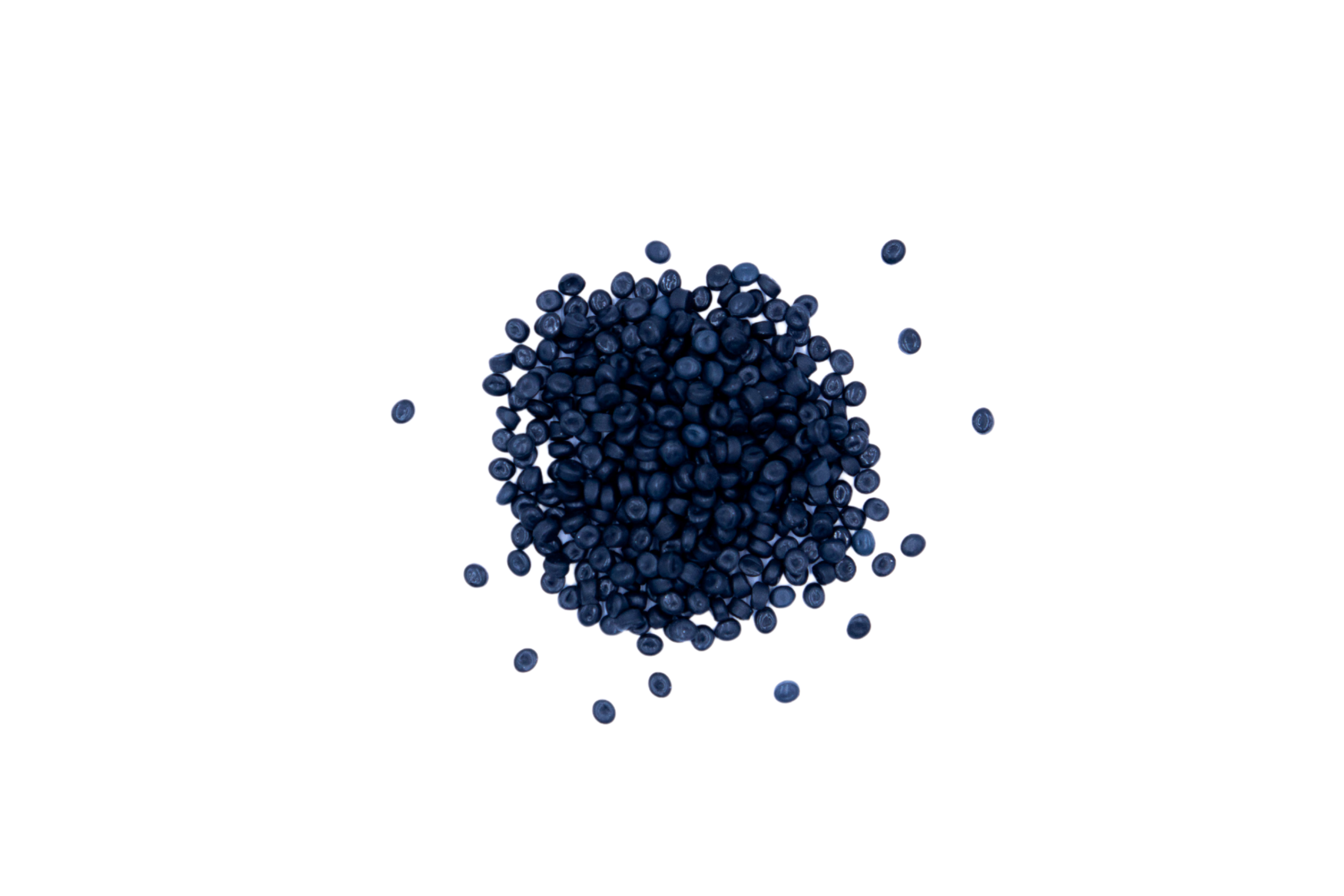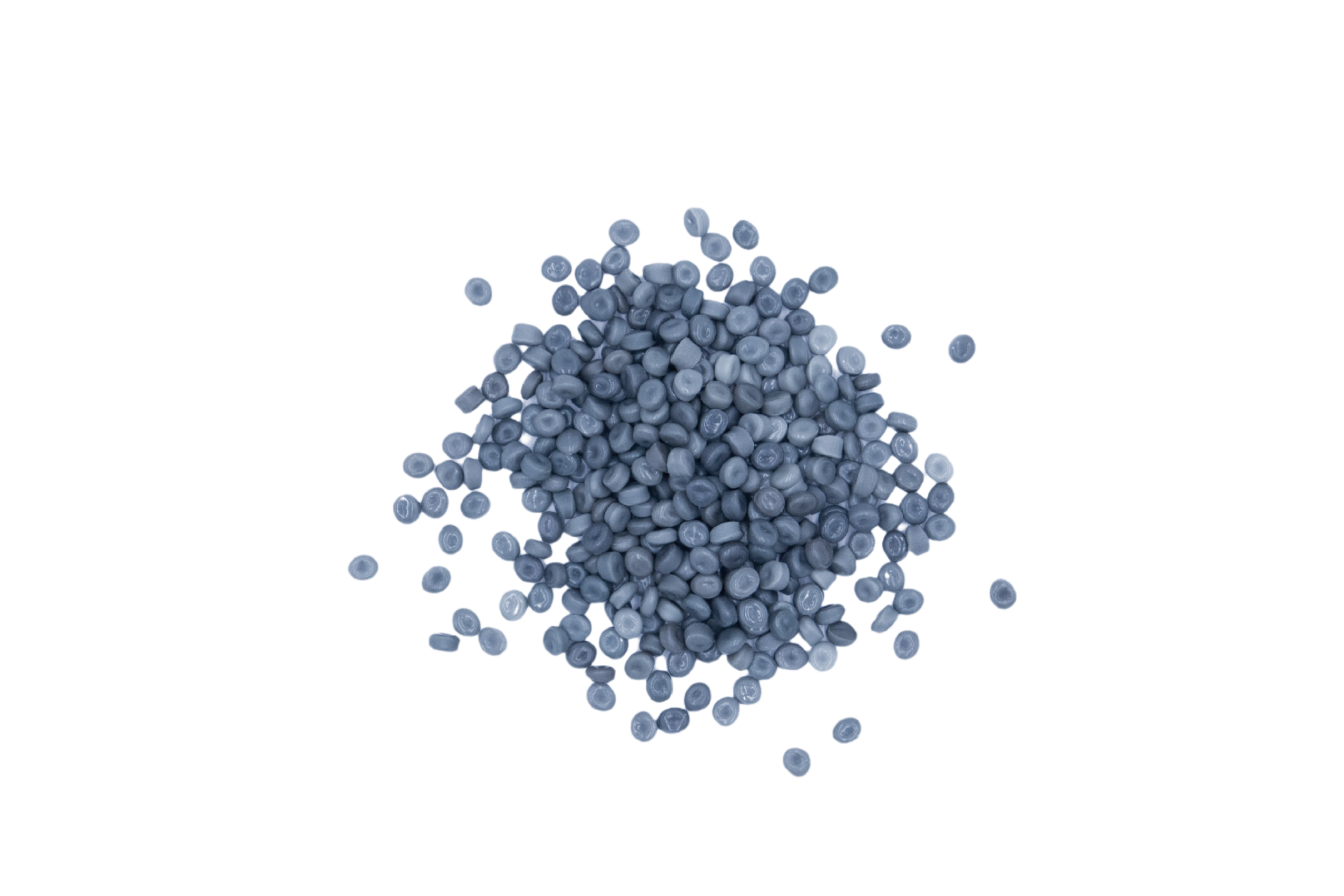High-quality plastic regranulate
With plastic regranulate, you can make your production sustainable without having to sacrifice quality. The use of 100% pure recycled plastics for the production of plastic regranulate eliminates any loss of quality. You use optically and qualitatively identical material at a low price and automatically ensure a better environmental balance. The use of our recycled plastics does not result in any expected restrictions in the classic production process, because our plastic regranulates are absolutely comparable with primary raw materials.
Plastic regranulate – an indispensable and time-defining material with great potential, because used plastic is a valuable source of raw materials. SL RECYCLING uses the most modern technologies to return plastic regranulates to the value-added cycle.
PP-Regranulat
Polypropylene: Injection moldable, multicolor, heat resistant, stable

The group of polypropylenes belongs to the hard plastics, is stable and heat resistant. A classic material of injection molding production.
PE-Regranulat
To polyethylene: temperature resistant, high tensile strength, high ductility

The group of polyethylenes is characterized by high temperature resistance and ductility. They are increasingly used in the field of film coextrusion.
Right for your production:
SL RECYCLING returns plastics to their original and typical form of a thermoplastic granulate. As a result, these recycled plastics can be returned to the production process and actively reduce procurement, production and transport costs. Benefit from SL quality regranulate, because with this product you no longer have to choose between environmental protection and quality.
Quality and production
With our regranulate, you can maintain your usual production process and produce in the same high quality without restrictions and changeovers.
As is generally known, plastic regranulates consist of regrind. In our process, however, they undergo a melting process before being reused, which results in classic granules as the end product. As a result, the recycled plastic has a uniform particle size and no dust content. It can therefore be processed without any problems whatsoever.

As old as life itself. A proven principle reinterpreted.
Nature knows no waste – it has always worked in perpetual cycles. Many developed substances escape this cycle because nature cannot break them down into their components on its own or can do so only with great difficulty.
We are able to integrate an ever increasing part of these substances into a cycle, thus protecting finite resources and preserving the environment.
Due to the finite nature of all resources on earth, only resource-saving systems and processes that include recycled plastics can be crowned with success in the long term.
The process
First, the materials, which are delivered in the form of film waste, are ground in order to then be able to roughly separate the crushed pieces from foreign materials and dirt. In the next step, the raw material is subjected to sorting using NIR technology in order to be able to ensure that the materials are separated by type. In this special technology, a sensor detects material and color and separates them accordingly using air.
The pre-sorted raw materials are now further shredded and enter the dry cleaning system to remove any remaining dirt and dust. From here, the material is sent to a bunker, where it can be mixed and pre-stored in large quantities, as the prepared material is then transported to the extruder, where it is brought up to temperature and melted down.
The next process step in the production of high-quality plastic regranulate is blending in the screw. The still liquid plastic regranulate passes through the screw to another filtration unit. Here, the smallest particles in the material are removed.
In the final step, the plastic regranulate is forced through a die, creating a plastic strand. From this, the familiar granulate grains are produced in the form of a hot cut and cooled down in a water basin. The regranulate produced has mechanical properties comparable to those of the respective raw material from new production.
The finished plastic regranulate is temporarily stored in a silo, where it waits to be placed in respective designated containers.
The classic form of the plastic regranulate significantly simplifies transport and further processing. The conveying and use of the plastic regranulate in all classic production machines is not influenced by different formats or the like and is identical to the raw material in granulate form.
The end product of plastic recycling in our case is always plastic regranulate, which can be used for new plastic products. Thanks to continuous further development in the recycling of plastics, as well as modern machinery and efficient working methods, plastic regranulate represents an environmentally friendly and qualitatively comparable alternative to primary raw materials.
Our sophisticated logistics concept also helps us to produce high-quality recycled plastics and to offer plastic regranulate. We obtain our raw material from suppliers within a radius of approx. 300 km.
Most of this material is commercial film waste, which is sorted into different grades upon delivery to our pre-sorting facility. At the end of this process step, sorted and unmixed film bales are produced, which can be made available for production in the next step in order to obtain high-quality recycled plastics.
